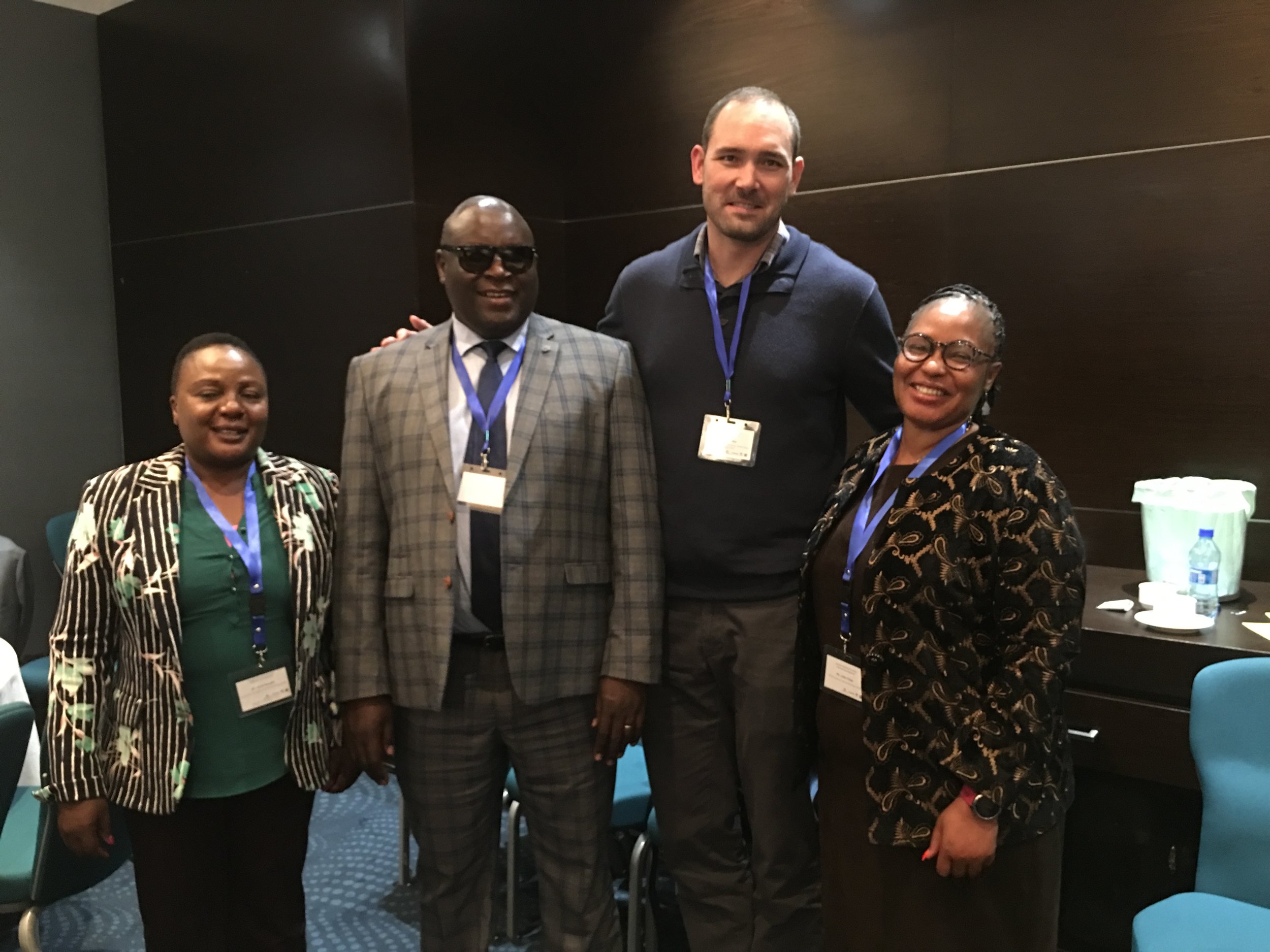A Historic Meeting: Disability Inclusive Education in Sub-Saharan Africa
The October 2018 “technical learning session” began like the opening ceremonies of the Olympics. The Global Disability Advisor of the World Bank, Charlotte McClain-Nhlapo, introduced each of the 12 country delegations represented at the session.
“Will the representatives of Kenya please stand or raise your hands,” Mrs. McClain-Nhlapo asked the Kenyan delegation, and announced the remaining countries:
Ghana
The Gambia
Senegal
Lesotho
Zambia
Liberia
Ethiopia
Tanzania
Rwanda
Malawi
Uganda
A powerful mix of people represented the United States Agency for International Development (USAID); the World Bank; the United Nations International Children’s Emergency Fund (UNICEF); Ministries of Education; disabled persons’ organizations (DPOs); and self-advocates. The goal of the technical learning session was “to increase knowledge of effective disability inclusive education policy, planning and practice among donors, government and civil society in Africa in a manner that promotes cross-regional sharing and coalition building.” This was the first time in history that USAID, the World Bank, and UNICEF joined forces with joint funds to focus on inclusive education. It was even more historic that it took place in Nairobi with a specific focus on countries in sub-Saharan Africa.
The conference showcased women wearing colorful dresses and headwraps, promoted countless multilingual conversations, and amplified a strong message of education for all. Elizabeth Kamundia of the Kenya National Commission on Human Rights put forth a compelling message of inclusive education informed by disability studies and human rights frameworks. Fatma Wangare, a parent of a young woman with an intellectual disability and CEO of the Kenya Association of the Intellectually Handicapped (KAIH), spoke forcefully against the oppressive nature of standardized testing and its role in creating and maintaining segregated schooling. The stage was set for a critical look at international approaches to inclusive education in an incredibly complex and fascinating region of the world.
Meals offered an opportunity to learn from the conference participants about the realities on the ground facing inclusive education in sub-Saharan Africa. Too often these learning events do not have much applicability to people doing the work in real schools with very few resources. At events like this conference, there tends to be a lot of talk about “aspirational policy” and not a lot of on-the-ground applicability that actually translates to better outcomes for people with disabilities who are literally fighting to survive on a day-to-day basis. To the credit of the organizers of the Nairobi meeting, they created a space where these challenges were taken on by a diverse group of stakeholders in education.
When I think of inclusive education in countries with very limited resources (e.g., schools without running water, electricity, books, or pencils), I try to keep things practical and realistic. I co-presented with my old friend and colleague, Benson Oswago. We spoke about the ways we had created sustainable inclusive education practices using existing community and school resources in western Kenya. While inclusive policies and laws are important, if they can’t be realistically implemented on the ground, they are pointless. Throughout the technical learning session, images of my experiences living in western Kenya came to mind:
A young boy with polio who lives in a hut and uses a modified hand crank bicycle to move around the rocky dirt street.
A mother of six children, one of which has cerebral palsy. The mother contracted HIV after sleeping with a fisherman without a condom in order to purchase fish at a slightly lower price.
A 16-year old young man with Down syndrome who has never been to school because of the stigma associated with disability in his village.
What would these people have to say about inclusive education had they had the privilege of attending this conference? How do we ethically and practically balance the on-the-ground struggle for survival of people with disabilities in these countries while operating within extremely large organizations like the USAID, the World Bank, and UNICEF?
That is the task at hand.





